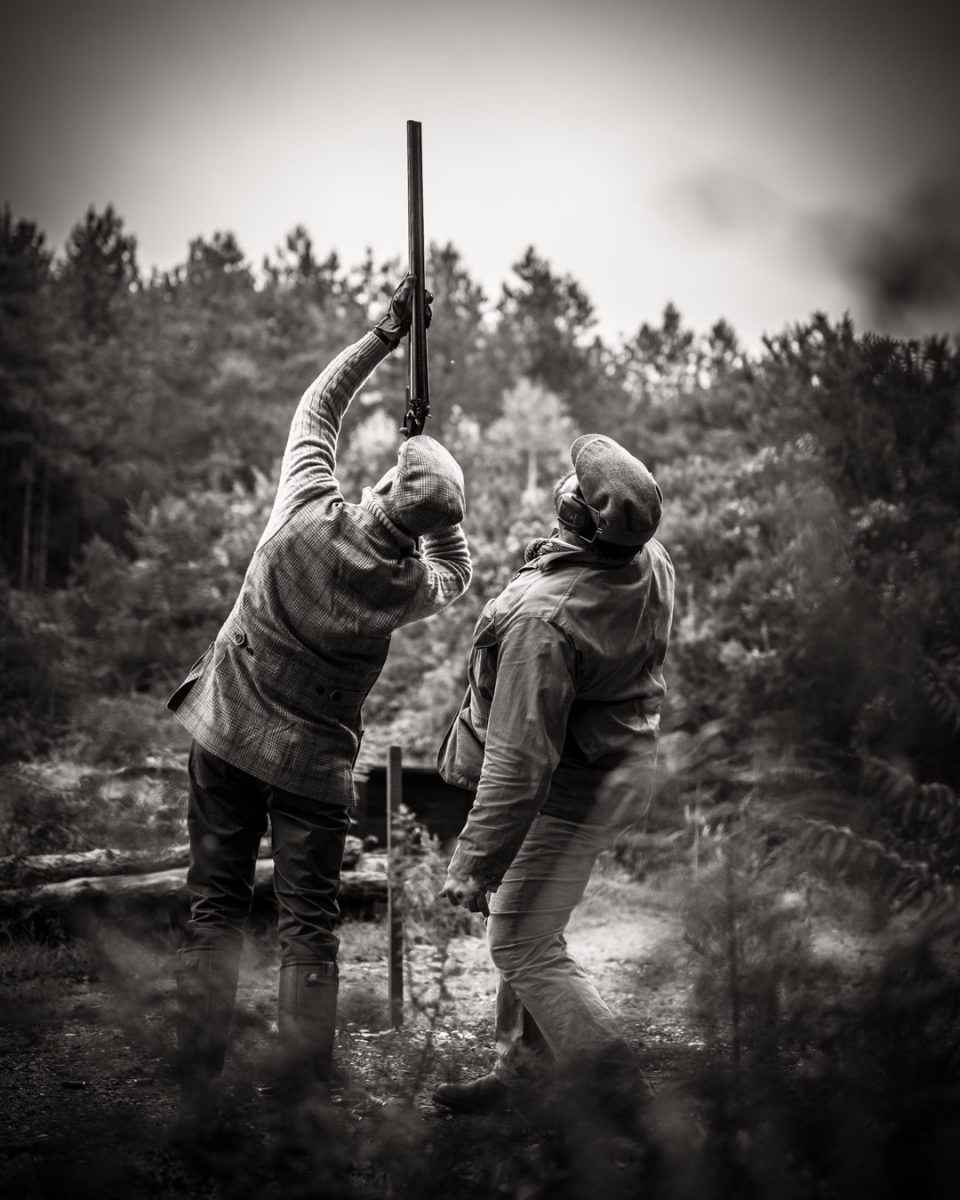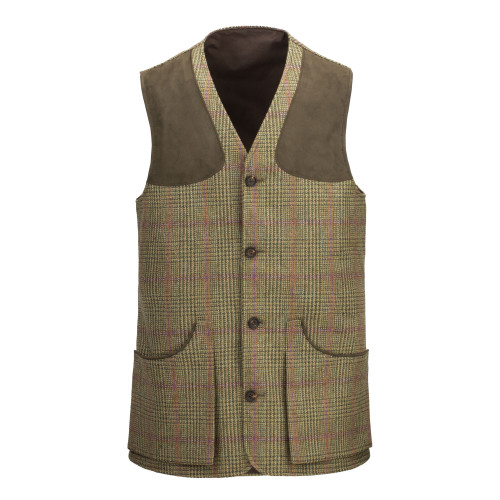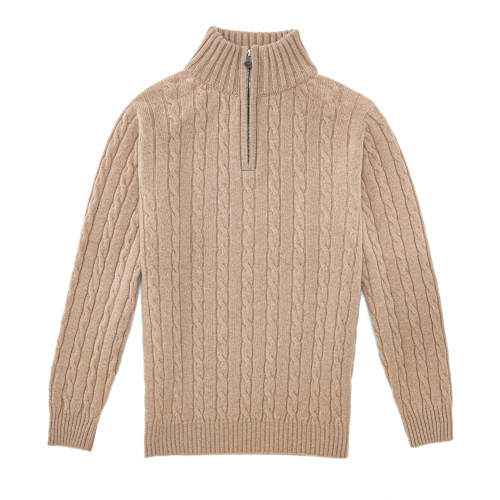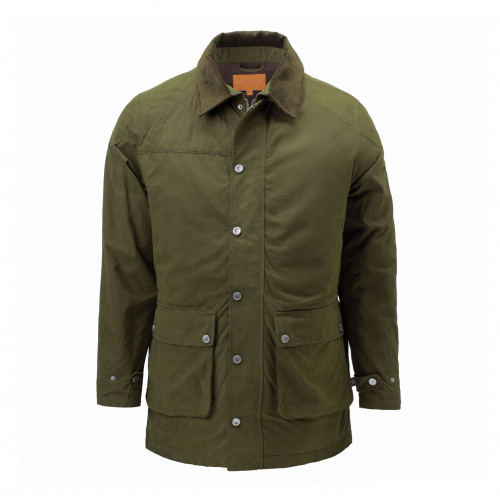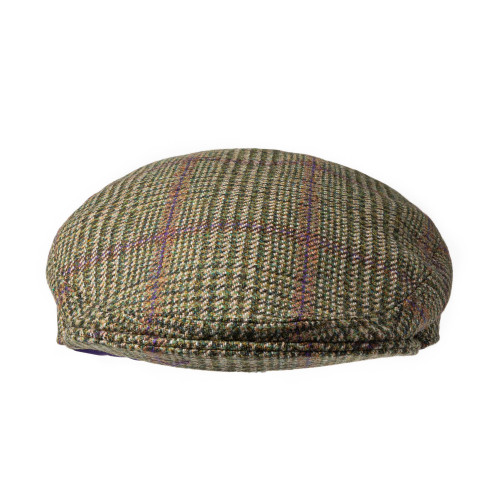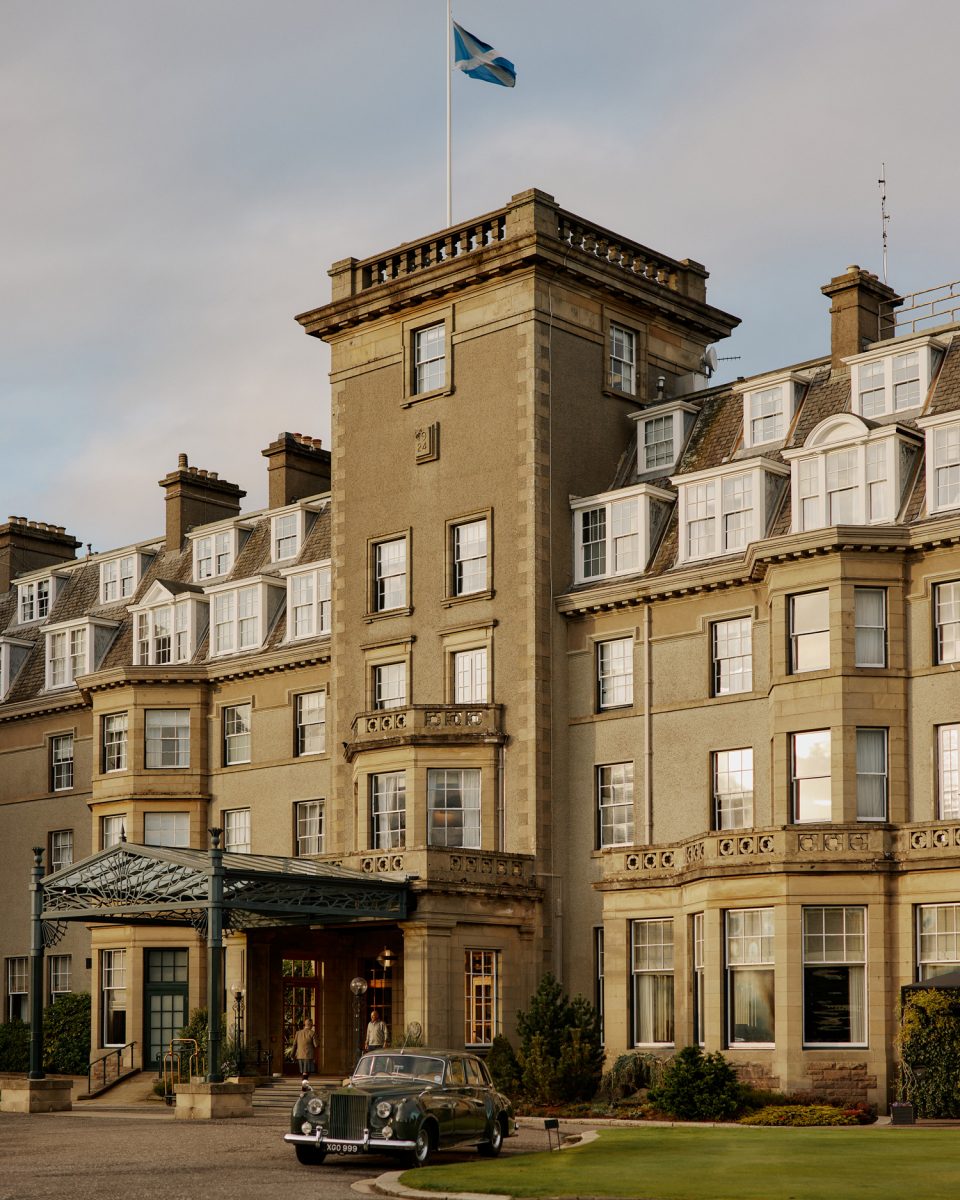To Americans of his generation, shooting was something you just did and either developed an aptitude for it, or didn’t. In England, there were techniques, instructors and methods. Cyril was hooked and immersed himself in lessons, which clearly had the desired effect.
Despite the fact that we have a tradition and culture of shooting schools, it always amazes me how few regular game shots have ever had a lesson and how even fewer of those who have, ever return to school to have their technique critiqued or their bad habits corrected.
Maybe it is a macho thing. Men don’t generally like to be told they are in need of improvement by other men. Ego prevents us from learning (which is why many instructors will tell you that women are much easier to teach).
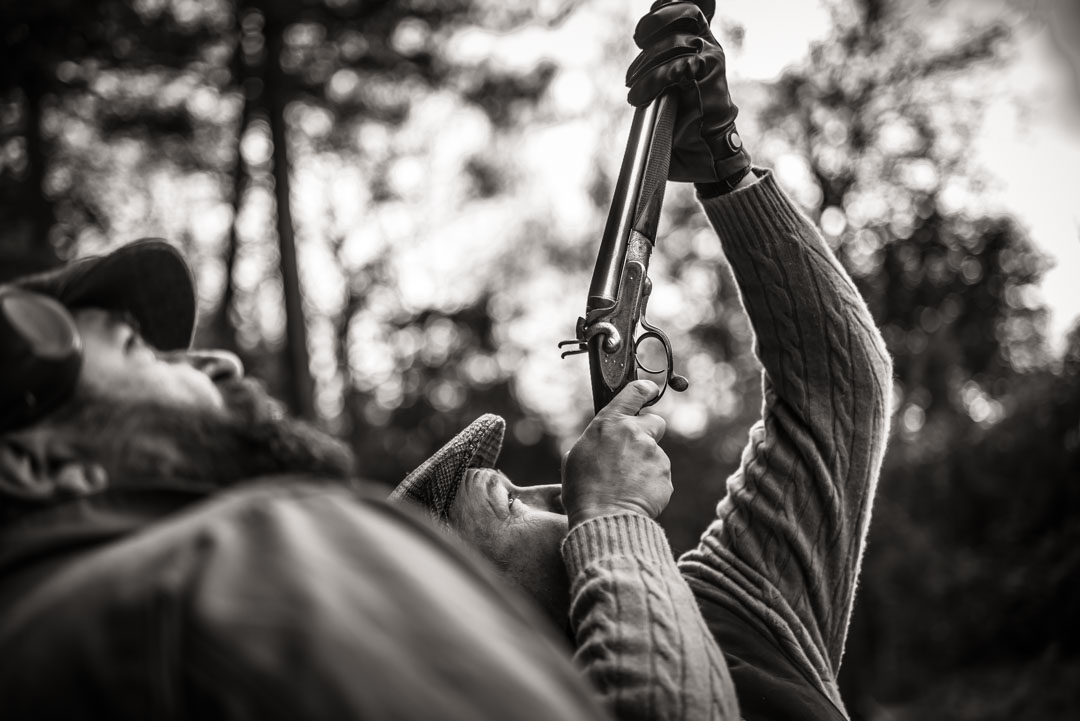
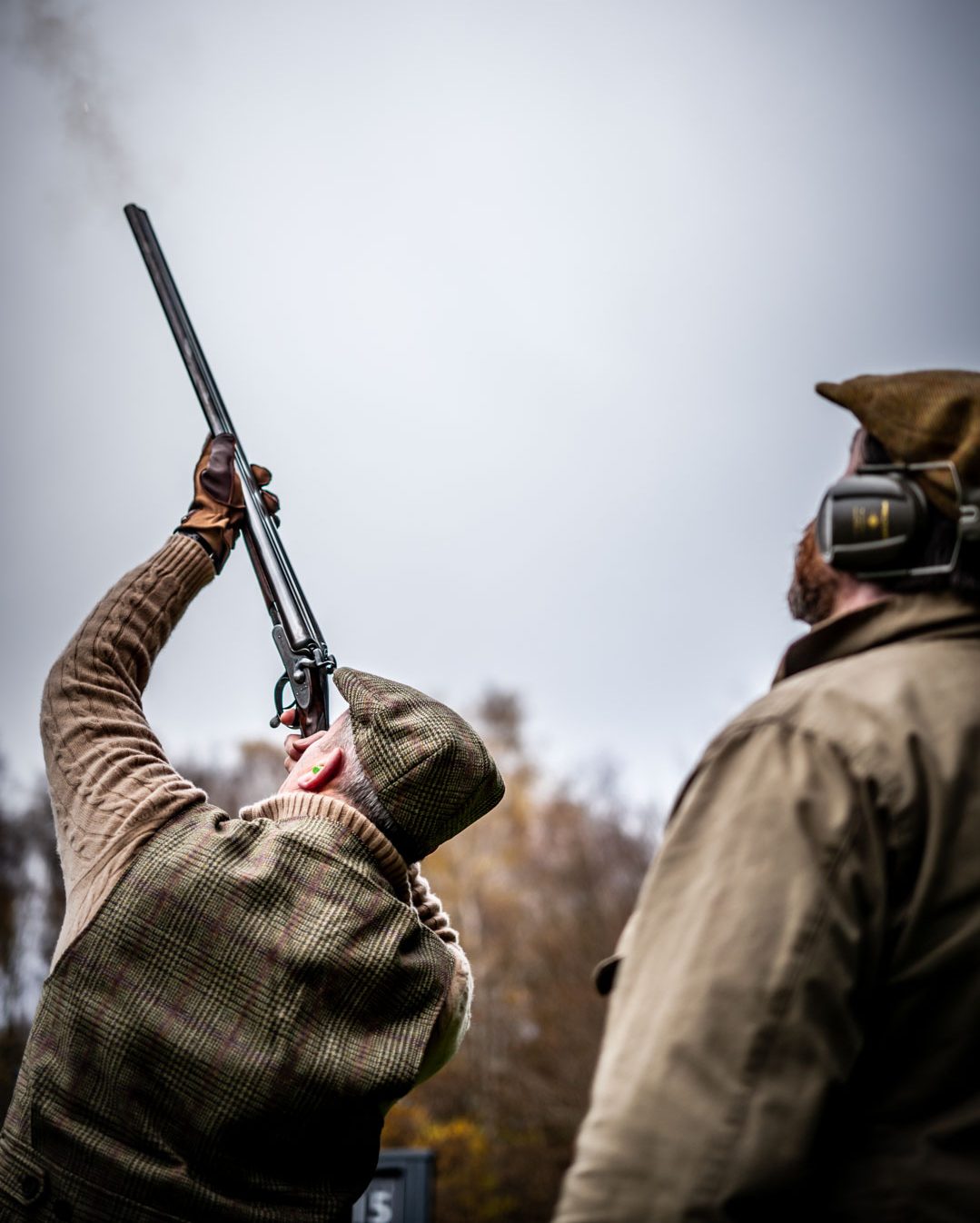
Good shooting is, like any sport, largely a product of confidence, good technique and practice. Practice, however, is no good unless you are practising something useful. Merely repeating ineffective movements does not make you better, nor does it quickly teach you to change and do something more effective. For that, you need a teacher who can observe, assess and correct.
A good teacher can instil best practice in a novice and he can also spot and correct areas where an experienced shot may have flaws or habits that detract from his success.
Gun fit is also a key issue; one people neglect far too often. I frequently see men spend thousands of pounds on a gun with no idea of how well it fits them. They shoot it for years without ever knowing how much the dimensions are helping or hindering them. A few hundred pounds on a fitting session and some lessons is money far better spent than multiples of that spent on another new gun.
Again, it is the male ego and the idea that ‘kit’ is the answer. I will shoot better if I buy a new gun or a new gadget. Actually, most of us shoot better if we have a gun that we know, pretty much, shoots where we think we are pointing it and have learned how to engage targets from different angles from an ergonomic stance. In essence; gun fit and technique help.
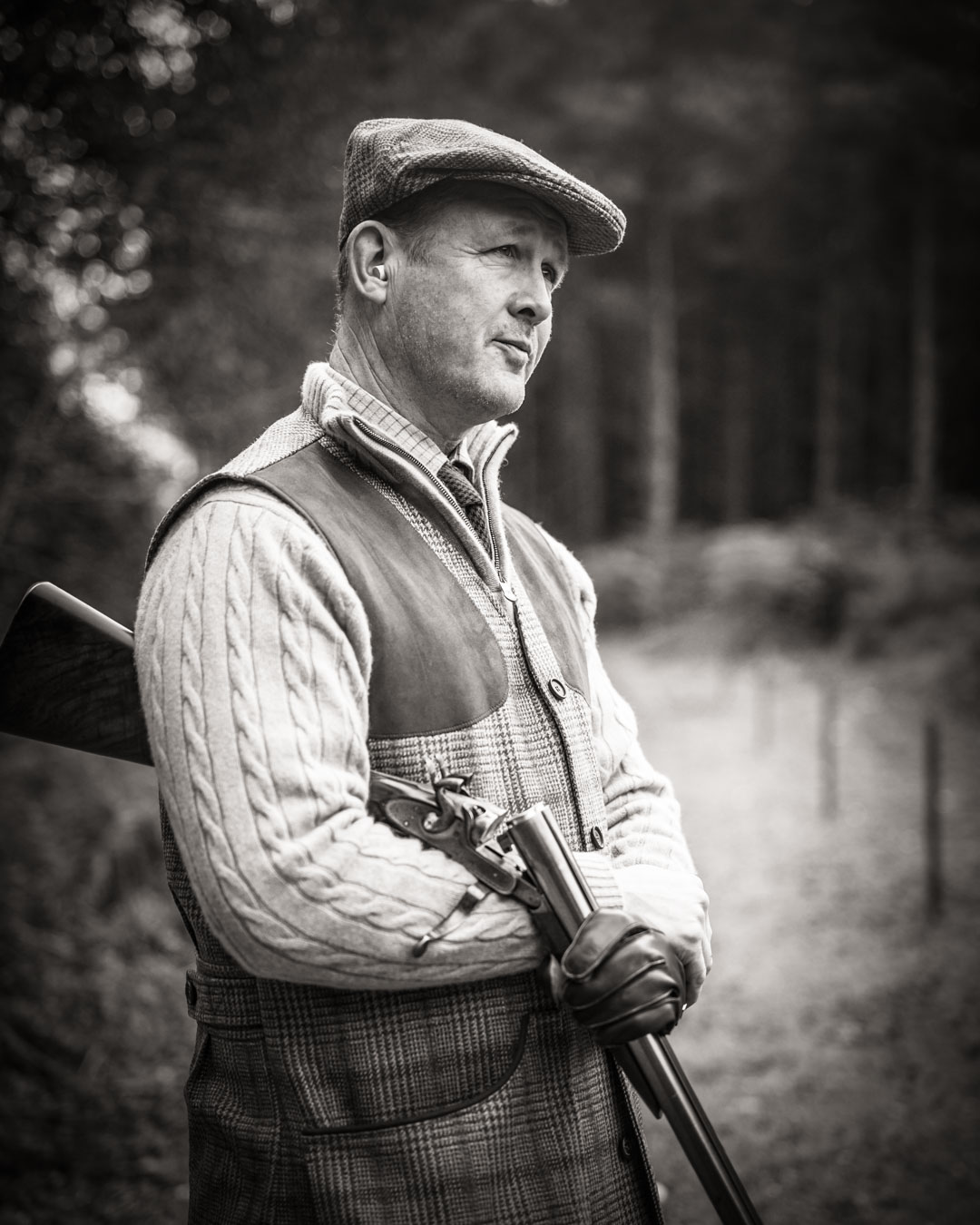
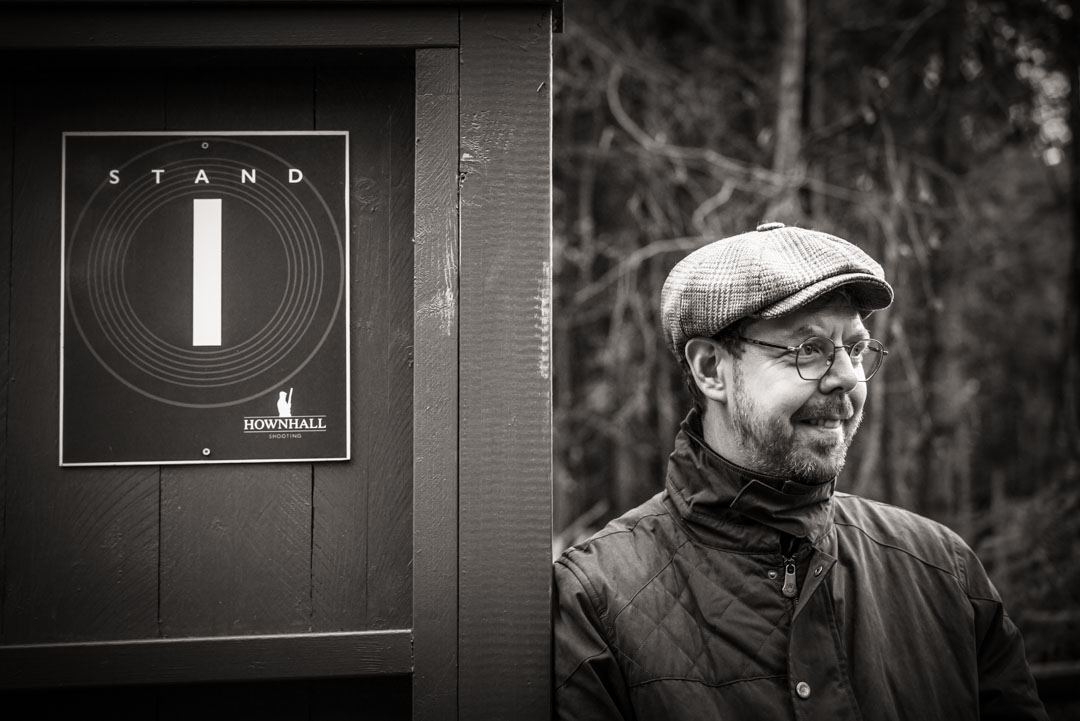
To explore these ideas, we ventured to Hownhall Shooting Estate in Midhurst, West Sussex, where we filmed our 2023 Westley Richards Catalogue shoot. The wooded valleys and varied stands suited not only the clothing and luggage lines we wanted to showcase, but are perfect settings for learning how to shoot sporting birds in natural surroundings.
Our mission was to set Simon O’Leary, the head instructor, the task of teaching novice Stephen Humphries (our creative director) how to handle a gun safely and confidently and to assess and improve the performance of experienced shot Diggory Hadoke, who brought two guns with him, which he often shoots but which have never been fitted to him.
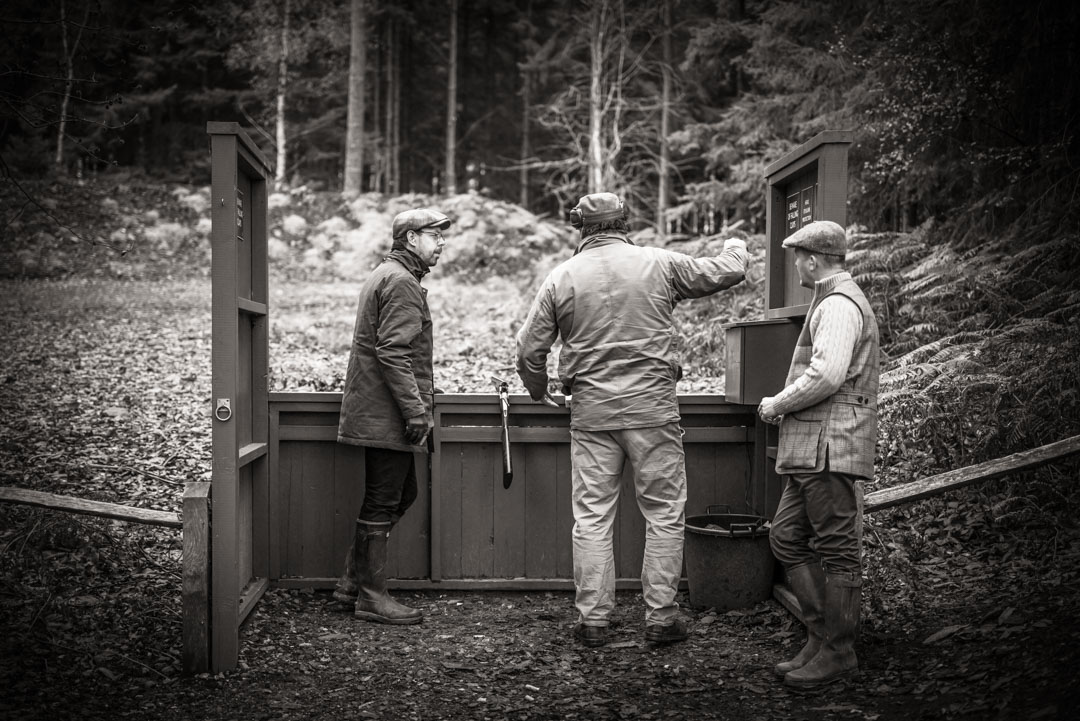
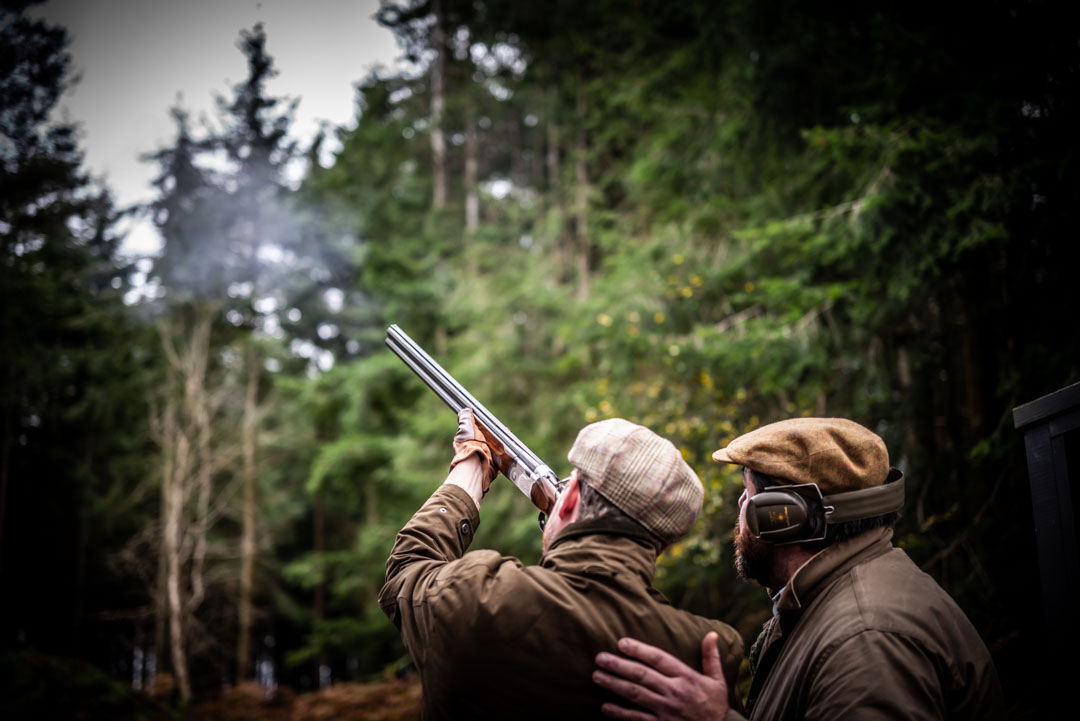
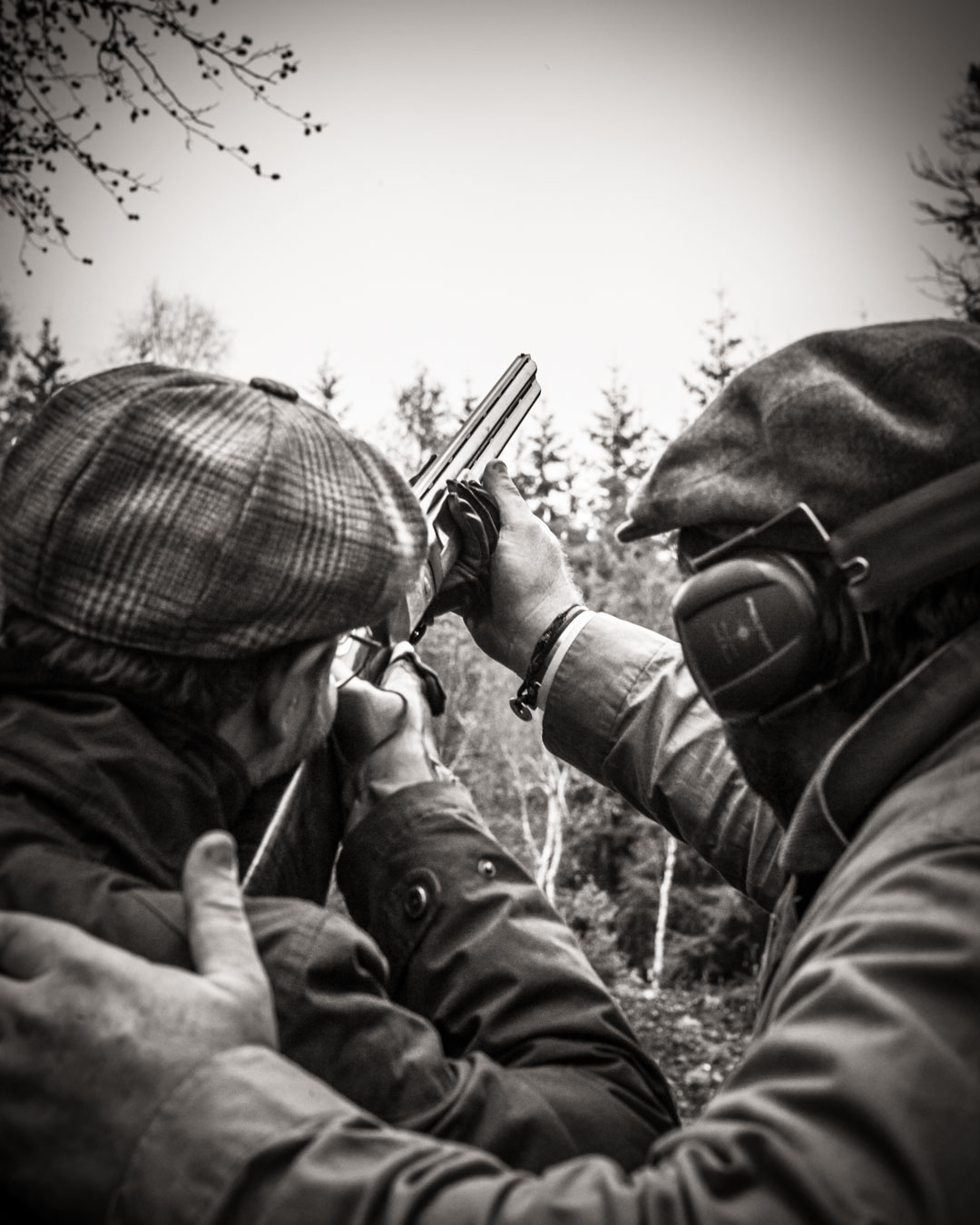
Stephen’s lesson started with an assessment of eye dominance. Simon saw immediately that Stephen had something approaching central vision, which raised the question of whether to shoot with one eye closed or both eyes open.
The first targets tackled were moderate crossers and rising clays, which enabled Stephen to get used to holding the gun, acquiring his target and firing at the right time.
As he began to hit clays, his confidence and motivation increased, his timing improved and he began to form a base from which to progress. It would be unrealistic to expect a great deal more from a first session. Progress is adding layers to established practices. As each one becomes familiar and reliable, more is added as the known is consolidated.
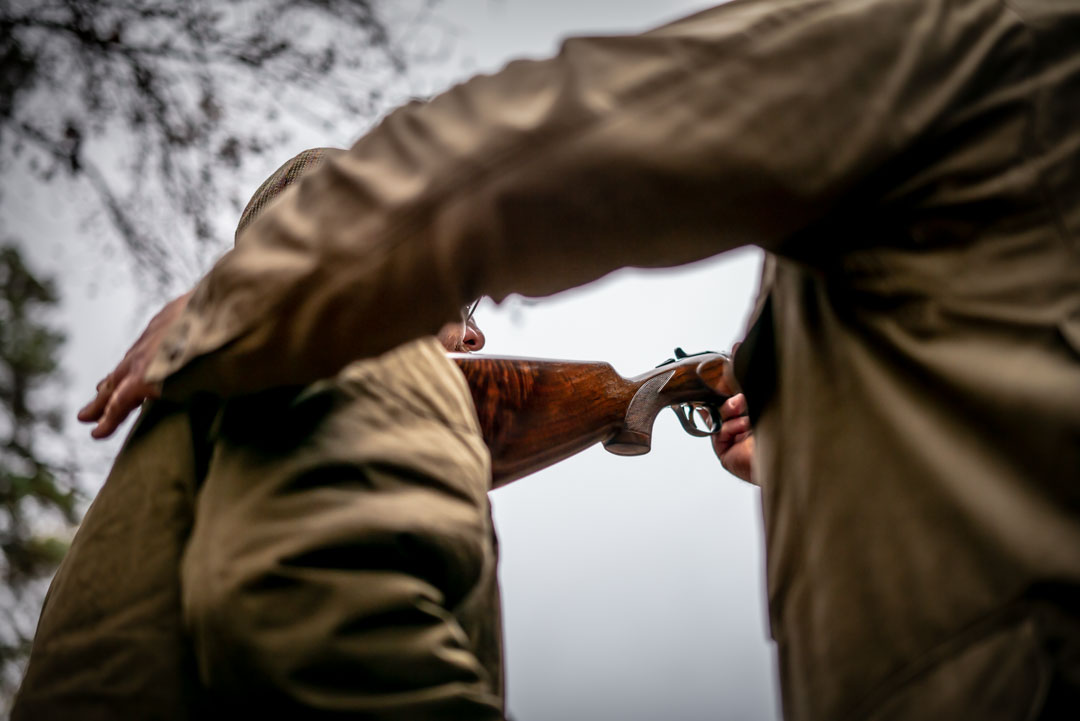
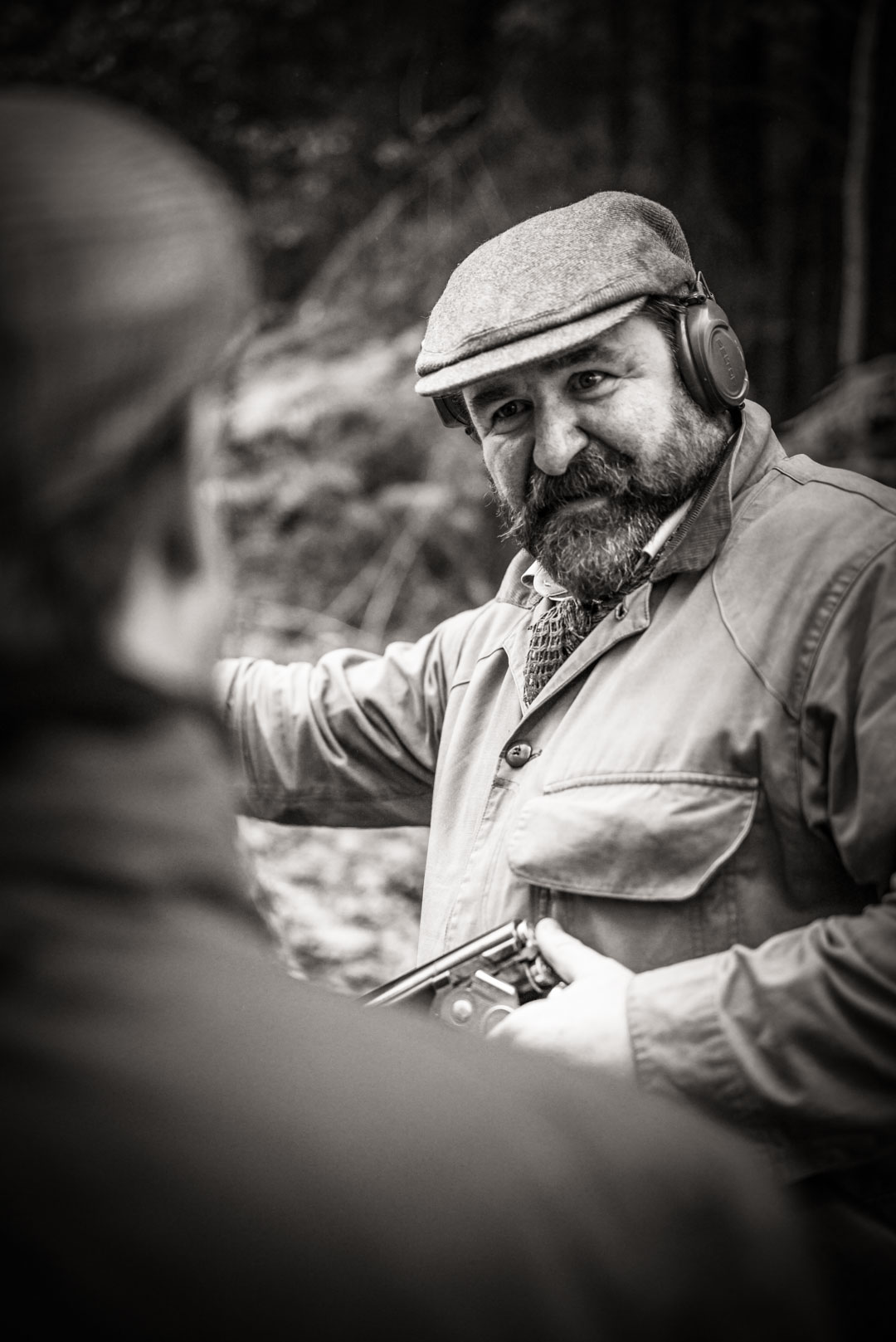
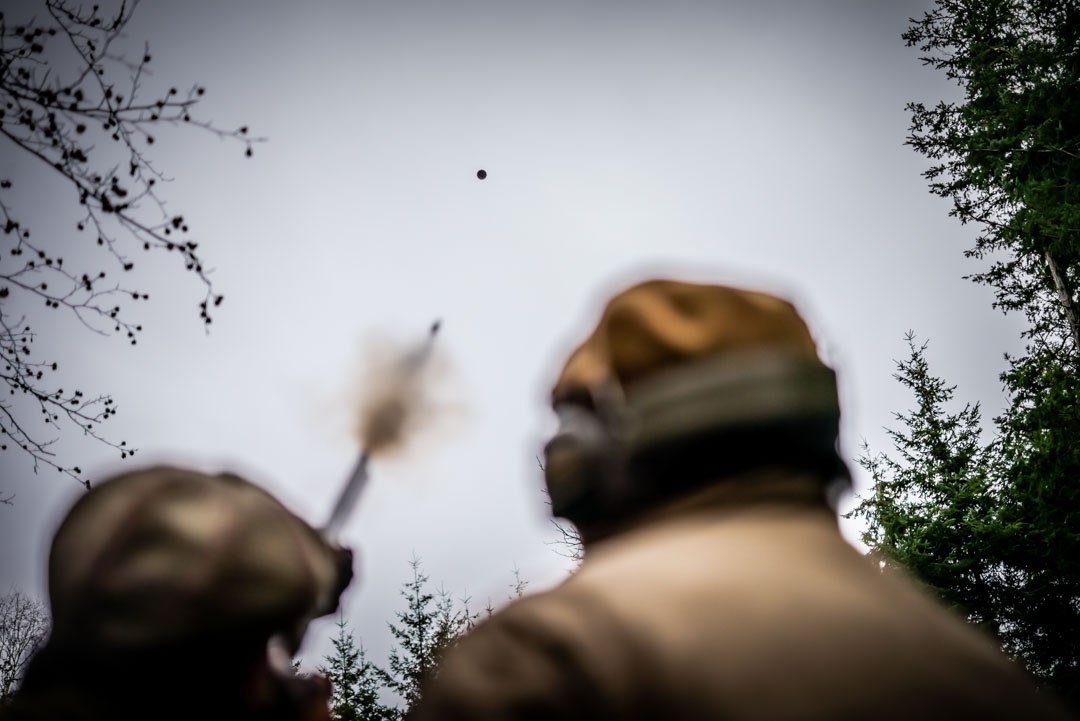
Simon’s attentive tuition showed the importance of observation over verbosity. He actually said relatively little. He physically moved Stephen from time to time, adjusting a hand-hold or re-orientating his feet or shoulders. Instruction was by way of short, memorable, sometimes repeated, phrases.
Progress was evident. By lesson’s end Stephen was hitting clays, repeating movements with increasing confidence and fluidity and handling the gun safely and with muzzle awareness. It is important to know when to stop. A tired student stops learning, and progress can be reversed if an end is not drawn to proceedings early enough.
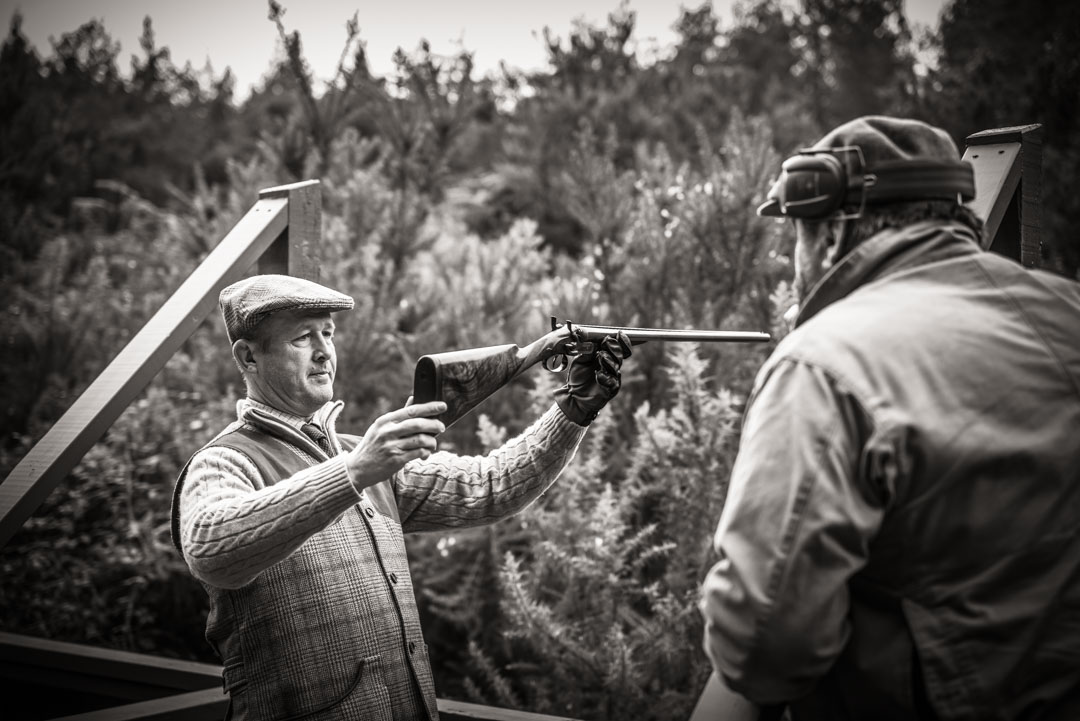
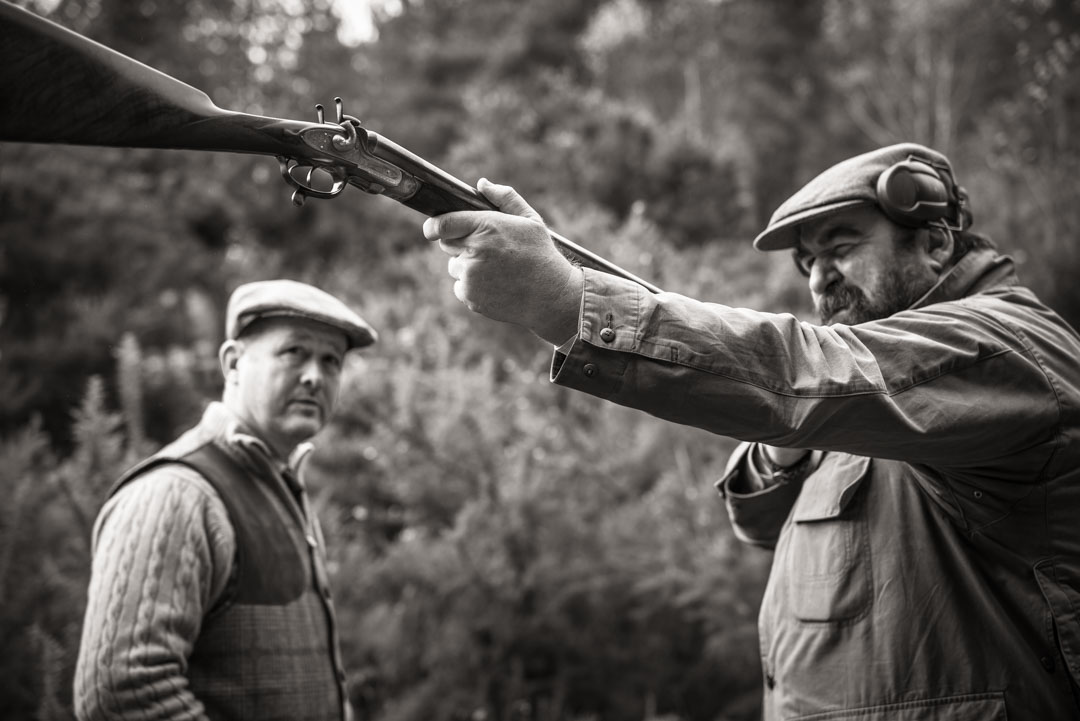
With Diggory, Simon was faced with a different prospect. He has been shooting shotguns for forty years and has developed habits; good and bad. Originally self-taught, simply by having a shotgun as a teenager and the access to land on which to shoot, he had later been taught more formally over several years (during his early thirties) by Michael Yardley and that training now constituted the basis of his technique.
Age and physicality increasingly create changes in a shooter’s performance and technique. Diggory, now aged fifty-five, has torn cruciate ligaments in both knees and his eyesight has degenerated from perfect to requiring increasingly strong reading glasses.
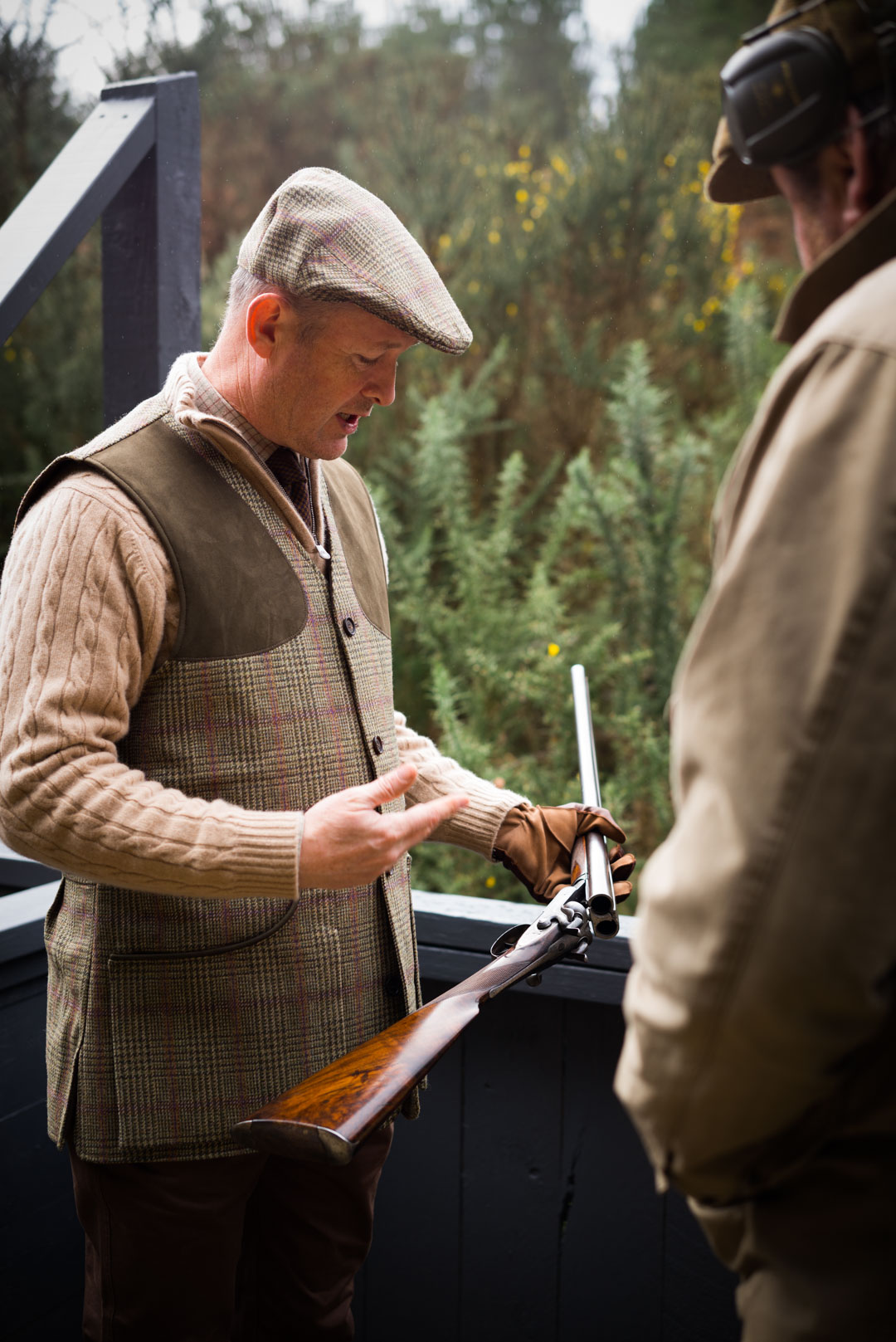
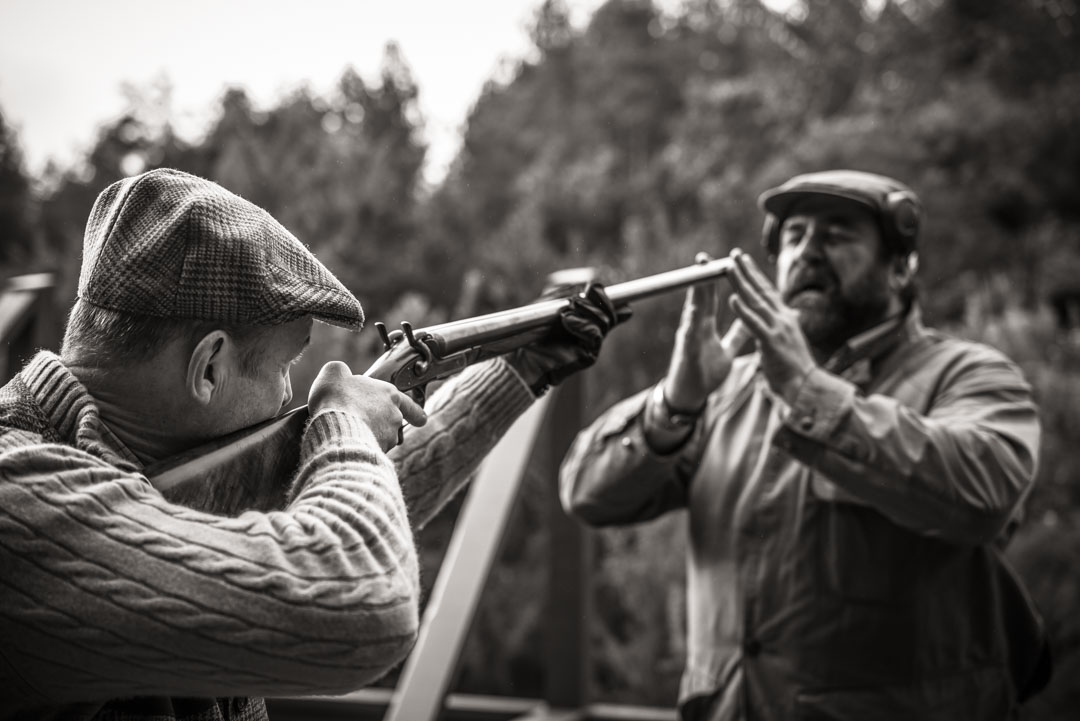
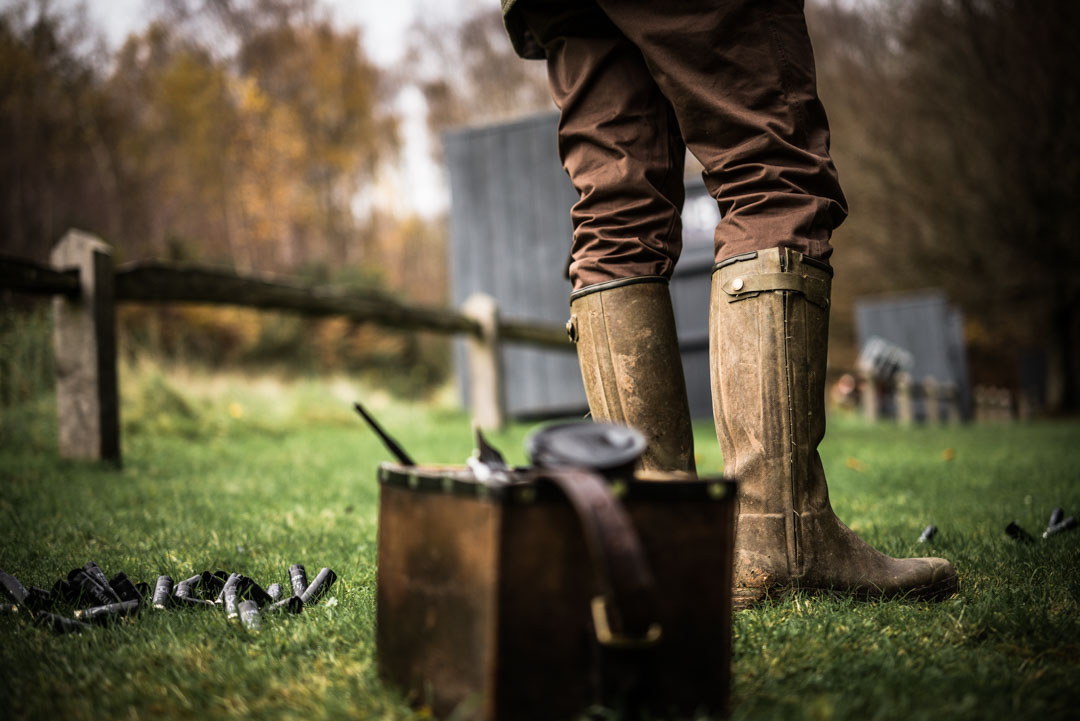
To add to the challenge, he brought two guns: a hammer 12-bore by J. Thompson, made in the 1870s with a 14 ½” stock and a hammer 16-bore by Stephen Grant dating from 1885 with a 15” stock. The cast on the Thompson was greater than the Grant and it weighed six ounces more.
Neither gun has ever been adjusted to fit but both are in regular use and Diggory has adjusted his technique to accommodate the Thompson, which is shorter than a fitter would recommend, by at least ¼”.
The lesson focused on driven targets and the Thompson was used for live firing.
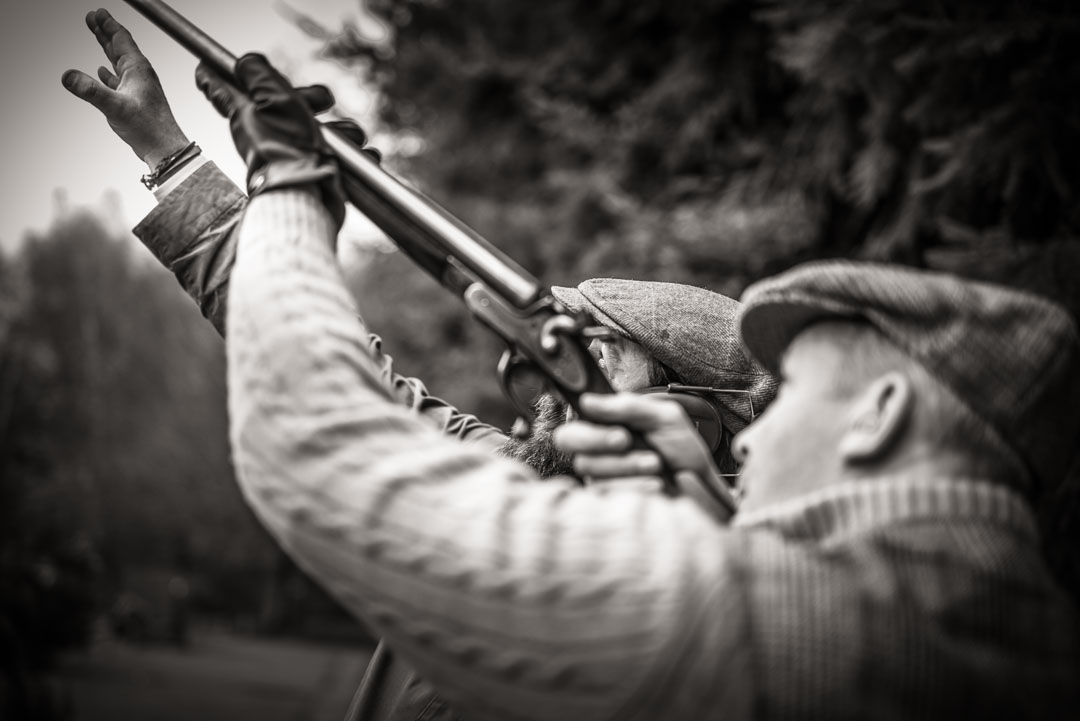
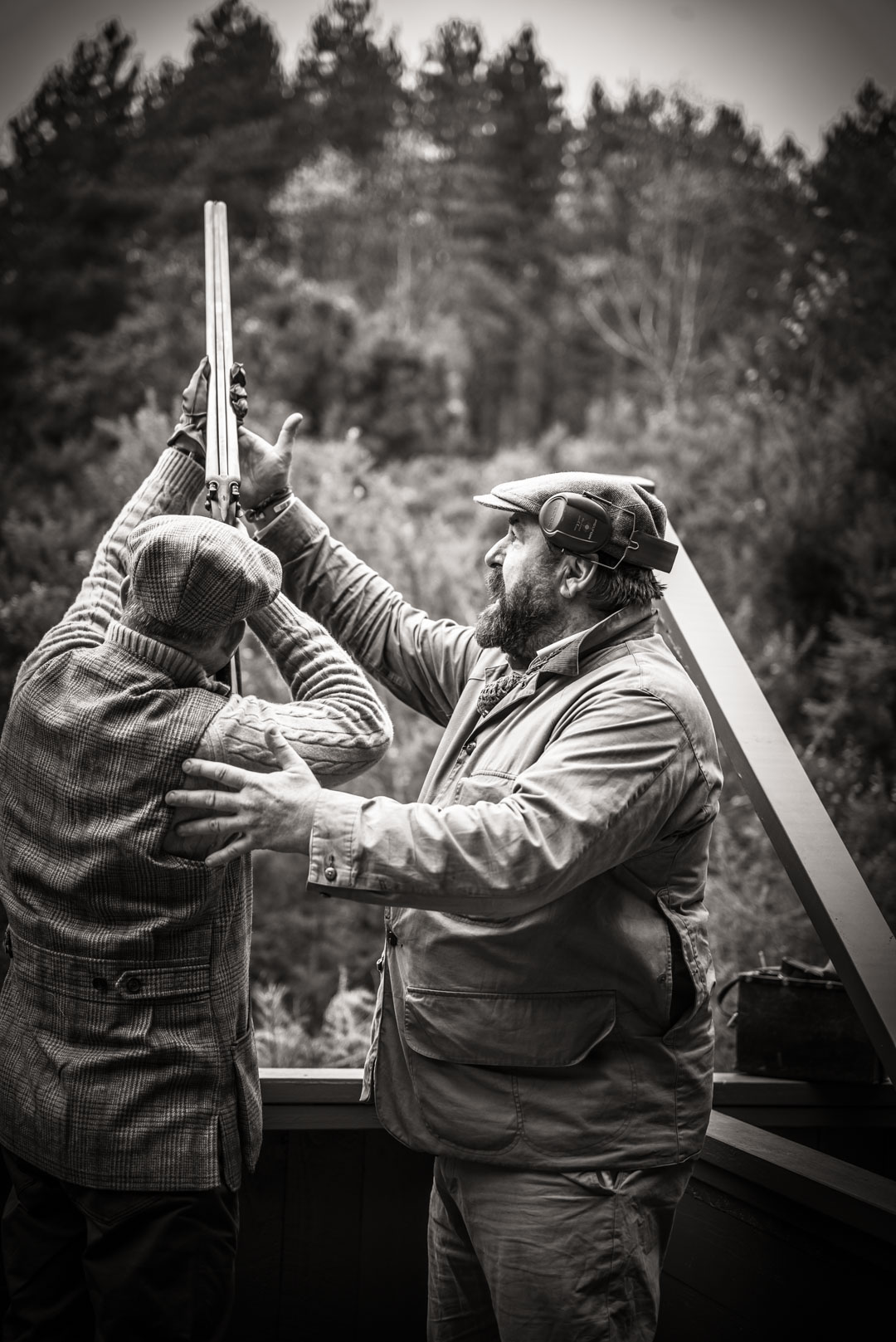
At first, Simon simply released clays and watched Diggory shoot. The targets were straight-over driven or slightly right or left of the stand. Inconsistency was the key issue. While Diggory hit every target, he did not hit every one every time. Simon was able to assess the misses and help Diggory correct. Timing, lead and issues like stopping the gun or over-leading were among the corrections.
At times, after several consecutive hits, a miss would occur, which Simon corrected by helping Diggory re-assess the swing and timing of the shot until it was working again.
One factor that could be considered an error correction was initial gun hold. Simon suggested Diggory hold higher than his habitual stance. This improved target acquisition and led to more consistent hits. This was especially useful with the longer stocked Grant, which caught on the chest when held in the manner Diggory had become used to with the shorter Thompson.
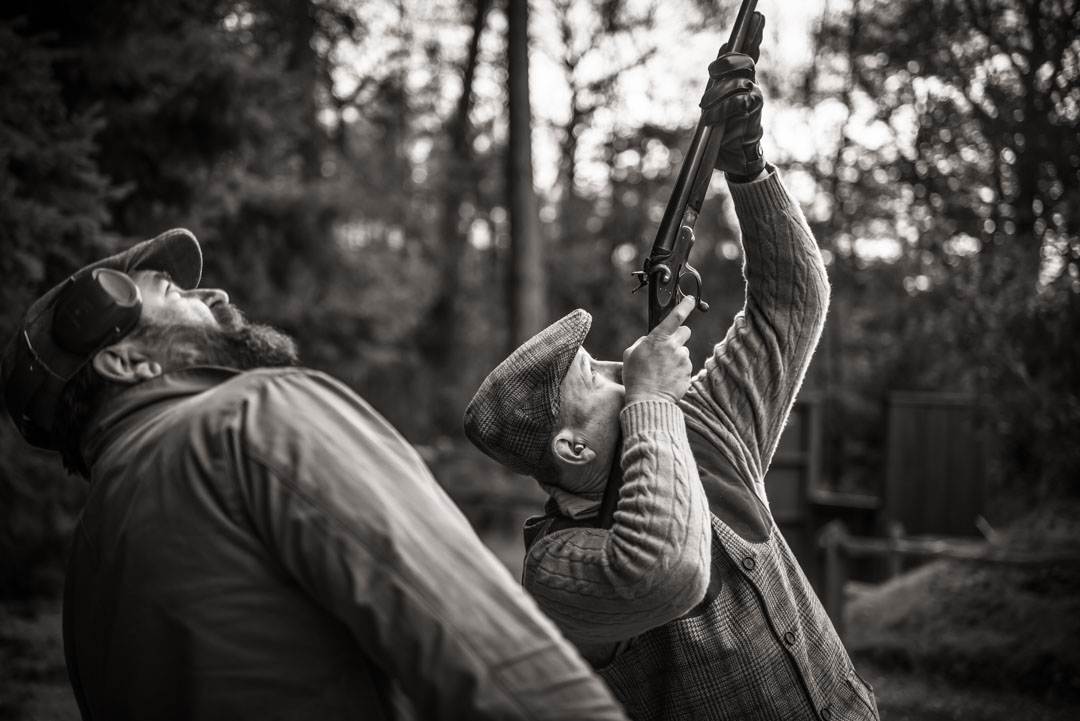
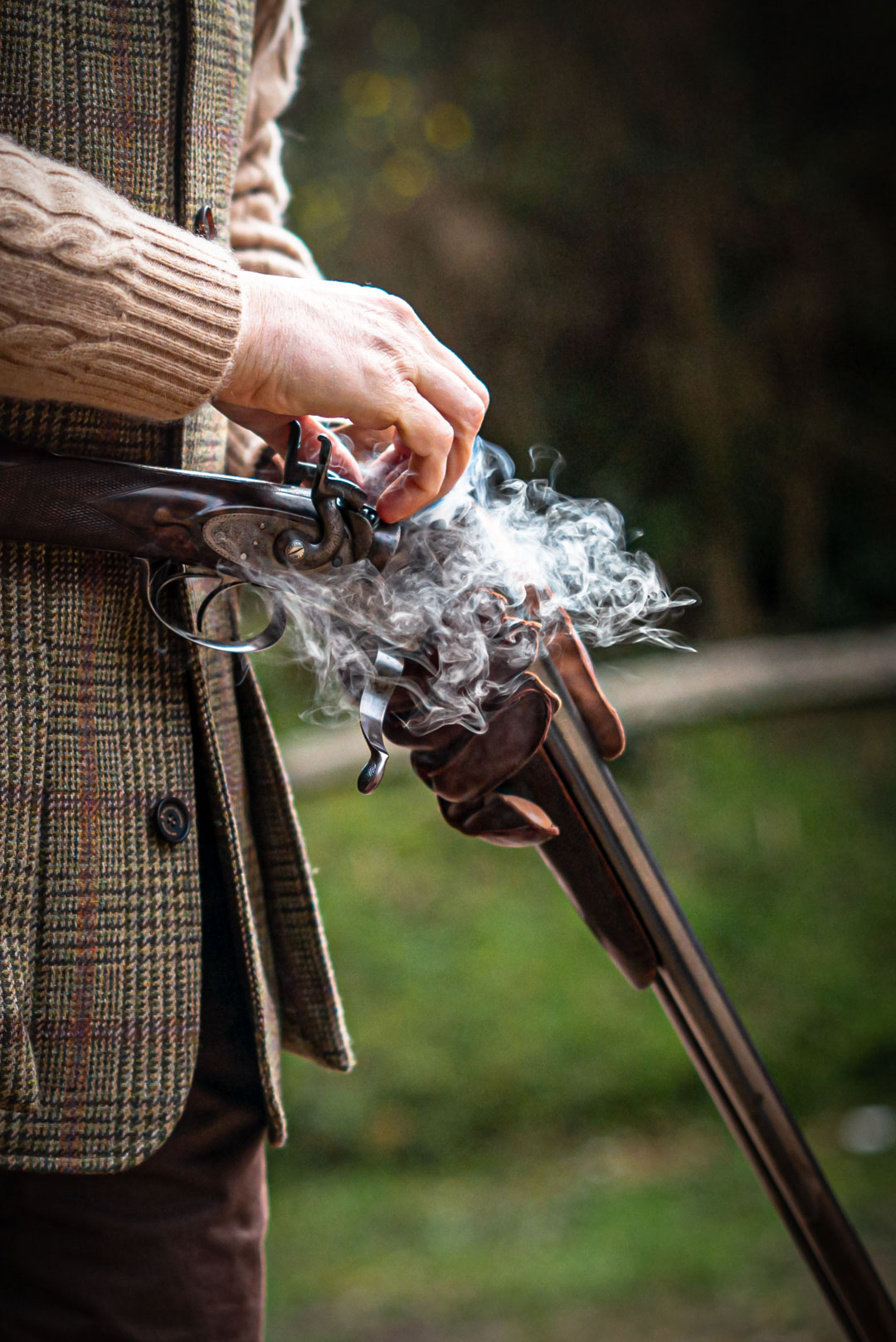
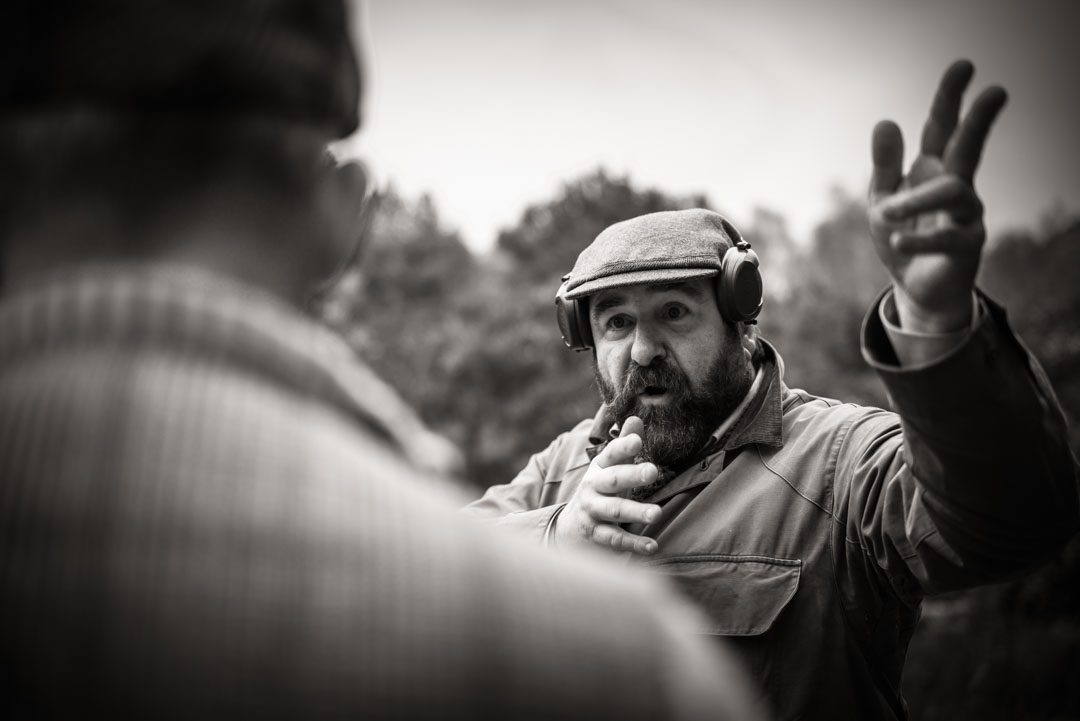
Lessons were taken away; a higher hold and a smoother swing lead to better-timed shots. That improvement alone was worth the price of admission. Sometimes it takes only a little adjustment to create significant improvement and few of us are so good that outside assessment and minor correction will not make us better.
Lifelong learning is a mantra often heard in training and education. We shooters should apply it equally. If we really enjoy it and aspire to do it well, we should consider regular tuition from a good instructor as essential maintenance. It helps us kill our birds cleaner, shoot with more style and enjoy our sport more.
Hownhall Shooting is an award-winning shooting school offering: Lessons, Small Group Shoots, Simulated Game, Practice Shoots and Junior Shoots. They are based 1hr from London within the majestic Cowdray Estate, West Sussex.
To find out more visit: www.hownhallshooting.com
The Explora Blog is the world’s premier online journal for field sports enthusiasts, outdoor adventurers, conservationists and admirers of bespoke gunmaking, fine leather goods and timeless safari clothes. Each month Westley Richards publishes up to 8 blog posts on a range of topics with an avid readership totalling 500,000+ page views per year.
Blog post topics include: Finished custom rifles and bespoke guns leaving the Westley Richards factory; examples of heritage firearms with unique designs and celebrated owners like James Sutherland and Frederick Courtenay Selous; the latest from the company pre-owned guns and rifles collection; interviews with the makers from the gun and leather factory; new season safari wear and country clothing; recent additions to our luxury travel bags and sporting leather goodsrange; time well spent out in the field; latest news in the sporting world; and key international conservation stories.



 Enquire
Enquire







